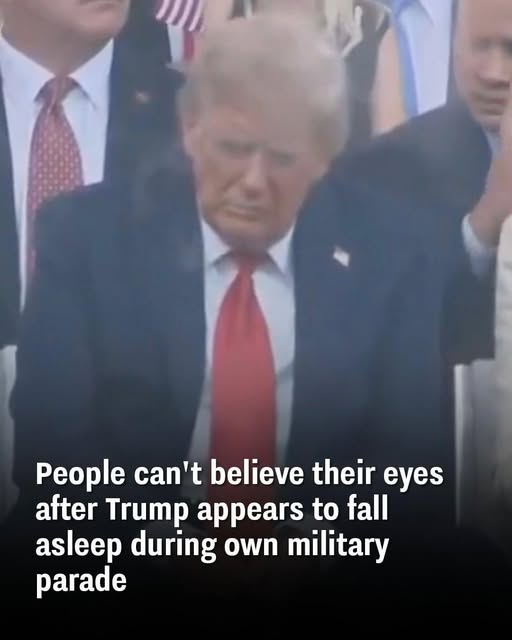An unexpected moment involving the president caused a recent military celebration that was meant to demonstrate national strength to go viral, illustrating how spontaneous events can overshadow well-planned ones.
Presidential appearances are closely watched, particularly in the digital age we live in today. Every gesture is televised from several perspectives, so even small distractions can lead to a lot of discussion and conjecture.
Social media users shared video from the high-profile event that seemed to show the president looking tired. Despite their briefness, the moments were swiftly transformed into viral videos and spread by political commentary and social media algorithms.
Responses were sharply split. While supporters contended that such moments are typical human reactions during drawn-out, formal ceremonies, critics said the video demonstrated disrespect or a lack of endurance. Physical exhaustion during prolonged events is common and does not always indicate more serious health issues, according to experts.
The controversy surrounding the expense of lavish military events was also rekindled by the viral moment. Supporters justified such events as diplomatically strategic and morale-boosting, while critics questioned the multi-million dollar expenditure on pageantry when actual military families face unmet needs.
This incident highlights how difficult it is for presidents to remain visible and engaged in the face of intense media scrutiny. In the digital age, it also reflects changing standards for performance, transparency, and public service.
In the end, the episode serves as a reminder that even national leaders are fallible and that, in the hyperconnected world of today, even the smallest incidents can shape political narratives and public opinion.
